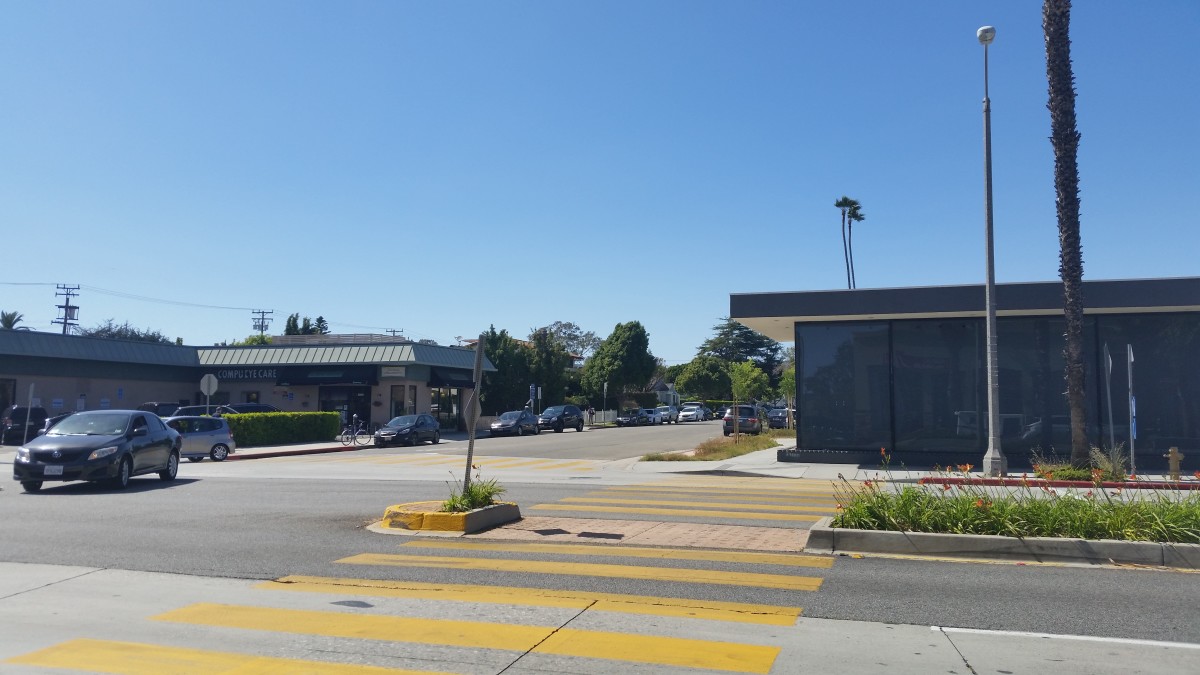
Will Santa Monica face the same housing crisis as San Francisco in the coming years? Will there ever be another child care center built near the homes of the families it serves? Will our commercial boulevards become vibrant neighborhoods or remain living museums to an auto-dominated century?
The zoning ordinance update, the first comprehensive change to the city’s zoning in more than three decades, will ultimately answer those questions and many more for decades to come. And the City Council begins deliberating this vital document next Tuesday.
“This new zoning code will determine where new construction will be allowed, what it must provide to our community, what it will look like, and how our existing neighborhoods will be protected,” said Mayor Kevin McKeown. “This decision will affect us all for years to come.”
A Defacto Moratorium on New Homes
Already local no-growth activists have targeted the zoning ordinance update, claiming the modest amount of growth it would allow is too much. They are calling for an overall height reduction of all zoning standards, even though most proposed height limits in the limited places the city intends to allow new homes to be built range from four to seven stories. They are also calling for the new zoning to ban childcare in single-family neighborhoods.
The reductions in height limits would effectively mean a moratorium on new homes being built where there currently is no housing. Santa Monica’s high land costs would make financing anything under four stories almost impossible. Zoning out the possibility of building new housing on the boulevards, especially during a regional housing shortage of historic proportions, makes it tempting to build where there are already homes, displacing long-term residents living in rent-controlled units, similar to what is happening in San Francisco.
That was precisely the thinking in 2010 when the City Council unanimously adopted the Land Use and Circulation Element (LUCE). The LUCE, which had gone through a six-year community process, was the result of much compromise and when it was adopted, it was widely embraced. Among other things, the LUCE acknowledged that there must be some growth, but that growth should happen outside of existing neighborhoods in order to protect their character and existing homes.
Considering that Santa Monica’s population has been almost static since 1980, the LUCE’s goals of adding 4,955 new homes by 2030 was generally accepted by the community as realistic, if not necessary.
“The zoning ordinance update should implement the LUCE’s vision of a diverse, sustainable, and livable Santa Monica,” said Councilmember Gleam Davis.
“The LUCE acknowledged that change is inevitable and was designed to limit any significant change or growth to approximately four percent of the city’s land area. The LUCE, as implemented through the zoning update, allows for a modest growth in population that will allow more people to live close to work and encourages the development of infrastructure that complements the city’s commitment to preserving neighborhoods, maintaining public safety, protecting and providing affordable housing, and continuing support for progressive programs that support lifelong learning, working families, youth, and seniors,” she said.

Fixing Past Mistakes
The reality is that Los Angeles County has to build more homes. According to the Legislative Analyst’s Office (LAO) report released last month, L.A. County has built about one million units less than it should have to keep rents and housing prices at levels similar to the rest of the country.
Yesterday, Los Angeles Mayor Eric Garcetti unveiled the City of Los Angeles’ sustainability plan, which calls for another 100,000 new homes to be built by 2021 [PDF] and 150,000 new homes by 2025. Garcetti’s plan acknowledges the link between unsustainably high housing costs and the region’s failure to keep pace with demand for new homes over the last 35 years. (Los Angeles Streetsblog takes a more comprehensive look at Garcetti’s plan here.)
Between 2006 and 2010, Santa Monica saw a healthy increase in the number of new homes being built, especially in its Downtown area. However, with only 32 new units having been approved in the 2014/2015 fiscal year, that number looks like it’s about to slow to a crawl, further exacerbating Santa Monica’s housing affordability crisis.
The housing is going to get built. Does Santa Monica want it all to be east of Centinela Boulevard in Los Angeles? Or do we want some of it here, where we have control over the number of subsidized affordable units get built, whether the new building will have robust amenities to encourage residents to use their bikes, and how many solar panels we want to see on new buildings, and whether new residents will get financial incentives to use transit instead of driving everywhere.
In response to the LAO report, McKeown told Next that the Council had directed staff to prioritize new housing projects for approval. Davis warned that zoning out new housing could spell trouble for Santa Monica’s existing neighborhoods. “If we do nothing, our existing neighborhoods will become a fertile ground for speculators and our City will be surrounded by housing that is not built to Santa Monica’s sustainability and trip reduction standards,” she told Next.
Councilmember Pam O’Connor agreed, adding, “Santa Monica will become Beverly Hills by the Sea if it discourages the reasonable housing production allowed in the LUCE.”
We’ll find out next week which way the Council thinks we should go. Let them know what you think about Santa Monica’s future. Send an email to council@smgov.net.
